The phenomenon of platinum scratch-induced cold welding represents a fascinating intersection of materials science and solid-state physics. When two pristine platinum surfaces come into contact under specific conditions, they can form atomic bonds without the application of heat - a process that challenges conventional understanding of metal joining techniques. This remarkable behavior stems from platinum's face-centered cubic crystal structure and its unique electron configuration, which enables spontaneous bonding at room temperature when surface oxides and contaminants are absent.
Researchers at the Swiss Federal Institute of Technology recently demonstrated that atomically clean platinum surfaces can achieve nearly perfect crystalline continuity across the interface when brought together with sufficient force. The team used ultra-high vacuum conditions and precision nanoindentation equipment to create what they describe as "the metallic equivalent of growing a single crystal across what was previously two distinct objects." Their findings, published in Nature Materials, show bond strengths approaching bulk material properties when optimal surface preparation and alignment are achieved.
The implications of this discovery extend far beyond academic curiosity. Cold welding at the nanoscale could revolutionize microelectromechanical systems (MEMS) manufacturing, where thermal processes often damage sensitive components. Semiconductor packaging, space applications, and medical implants all stand to benefit from room-temperature metal bonding that maintains material purity and crystalline integrity. Perhaps most intriguing is the potential for self-repairing metallic structures in extreme environments where traditional welding is impossible.
Historical context reveals that cold welding isn't entirely new - goldsmiths have exploited similar properties in gold for centuries. However, platinum's combination of chemical inertness and mechanical strength makes it particularly suitable for technological applications. The metal's 5d electron configuration creates unusually strong metallic bonds while resisting oxidation that would prevent bonding in other metals. This explains why platinum exhibits more pronounced cold welding behavior than even gold under controlled conditions.
Practical implementation faces significant challenges, primarily related to surface preparation. Real-world surfaces inevitably develop oxide layers and adsorbates that act as barriers to atomic bonding. Current research focuses on developing reliable methods for creating and maintaining atomically clean interfaces outside laboratory vacuum chambers. One promising approach involves using hydrogen plasma treatments to reduce surface oxides immediately before bonding, while another explores protective monolayer coatings that can be displaced under pressure.
The phenomenon also raises fundamental questions about our understanding of metal surfaces. Traditional models suggest that even carefully polished metals exhibit sufficient roughness to prevent extensive atomic contact. Platinum's behavior indicates that plastic deformation at the nanoscale may create conditions for true atomic intimacy more readily than previously thought. Advanced electron microscopy has revealed that under pressure, surface asperities deform to create crystalline bridges that propagate across the interface.
Industrial applications are already emerging, particularly in aerospace engineering. Satellite manufacturers have begun experimenting with platinum cold welding for assembling components that must withstand extreme temperature variations without developing thermal stress. The technique shows particular promise for constructing fuel cells and sensors where maintaining material purity is critical. Meanwhile, nanotechnology labs are exploring the use of platinum nanowires as self-assembling interconnects for next-generation electronics.
Future research directions include investigating whether alloying platinum with other noble metals can enhance or control the cold welding effect. Preliminary studies with platinum-iridium and platinum-rhodium systems suggest that careful composition tuning may allow engineers to design materials with specific bonding characteristics. Another frontier involves developing predictive models that account for crystal orientation effects - as the strength of cold-welded joints appears highly dependent on the alignment of crystallographic planes at the interface.
Beyond technical applications, platinum cold welding offers a compelling case study in materials behavior at the atomic scale. The phenomenon reminds us that traditional distinctions between separate objects become blurred when examined at quantum levels. As nanotechnology advances, such insights may lead to fundamentally new approaches in manufacturing, where components aren't so much assembled as encouraged to become one at the atomic level.
Environmental considerations add another dimension to this technology's potential. Unlike conventional welding, cold welding produces no fumes, requires no shielding gases, and consumes minimal energy. This aligns perfectly with growing demands for sustainable manufacturing processes. The ability to join precious metals without filler materials or heat could significantly reduce waste in jewelry production and industrial catalyst manufacturing.
While significant challenges remain in scaling and controlling platinum cold welding for widespread industrial use, the fundamental science continues to advance rapidly. Each new discovery in this field not only enhances our practical capabilities but also deepens our understanding of metallic bonding and nanoscale material behavior. The coming decade will likely see this phenomenon transition from laboratory curiosity to transformative industrial process, rewriting our approach to metal joining in the process.

By /Aug 11, 2025
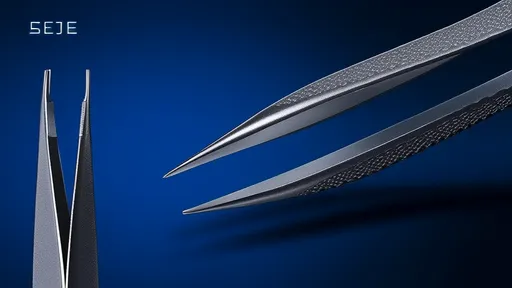
By /Aug 11, 2025
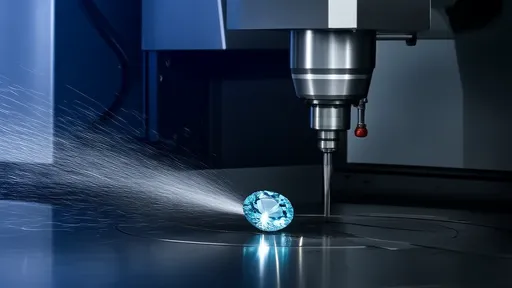
By /Aug 11, 2025
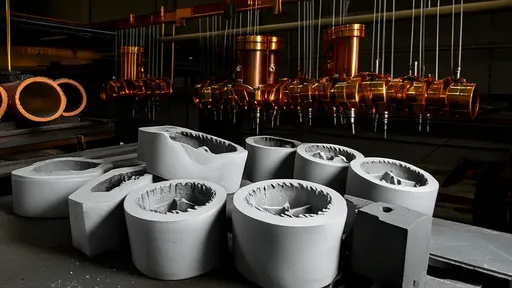
By /Aug 11, 2025
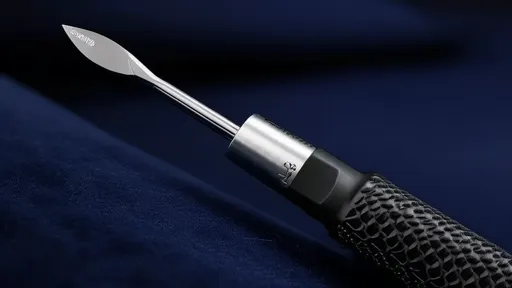
By /Aug 11, 2025
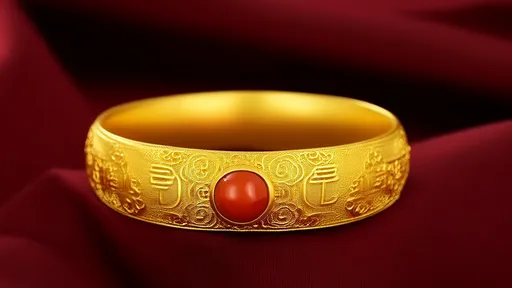
By /Aug 11, 2025
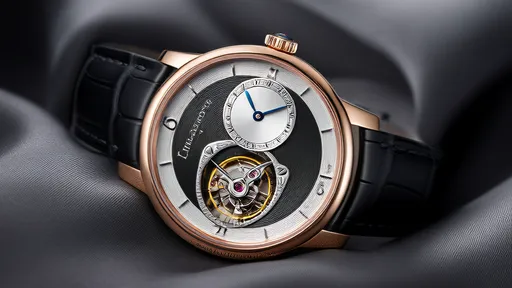
By /Aug 11, 2025
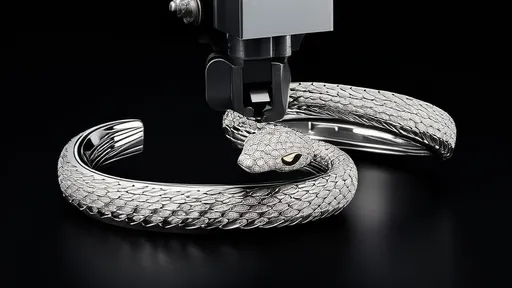
By /Aug 11, 2025
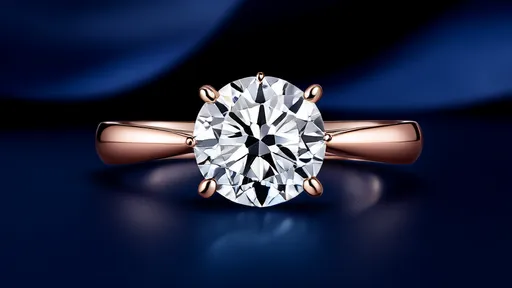
By /Aug 11, 2025
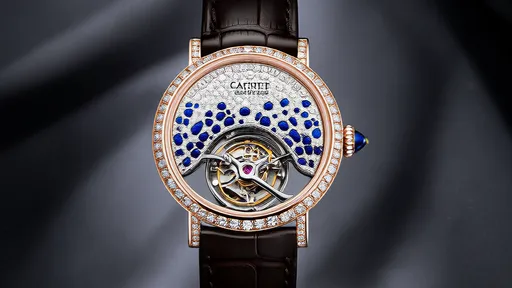
By /Aug 11, 2025
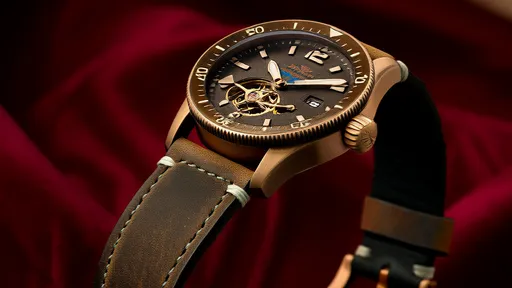
By /Aug 11, 2025

By /Aug 11, 2025
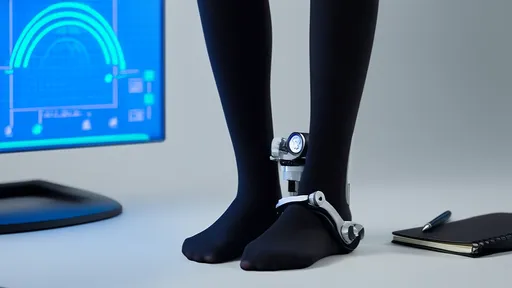
By /Aug 11, 2025
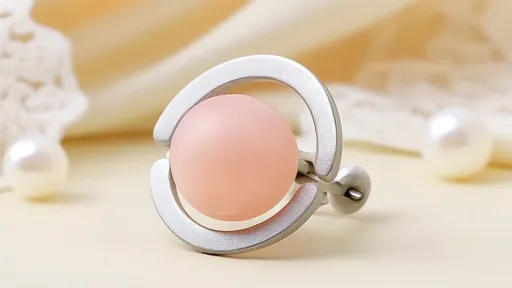
By /Aug 11, 2025
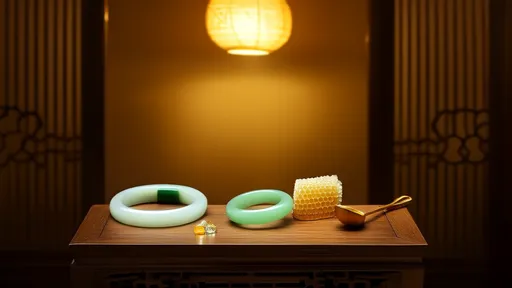
By /Aug 11, 2025

By /Aug 11, 2025

By /Aug 11, 2025

By /Aug 11, 2025
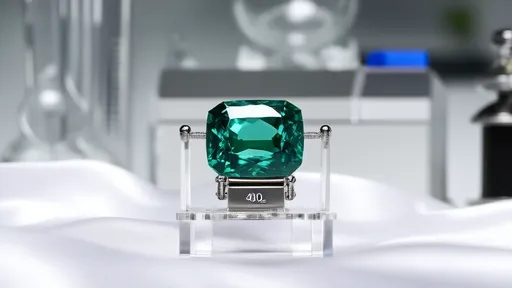
By /Aug 11, 2025
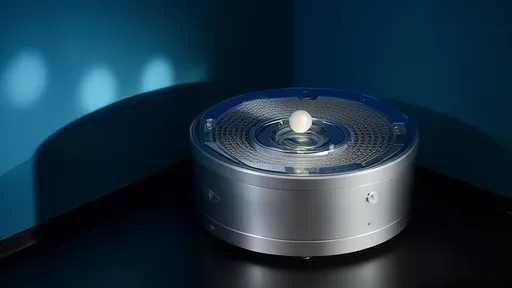
By /Aug 11, 2025